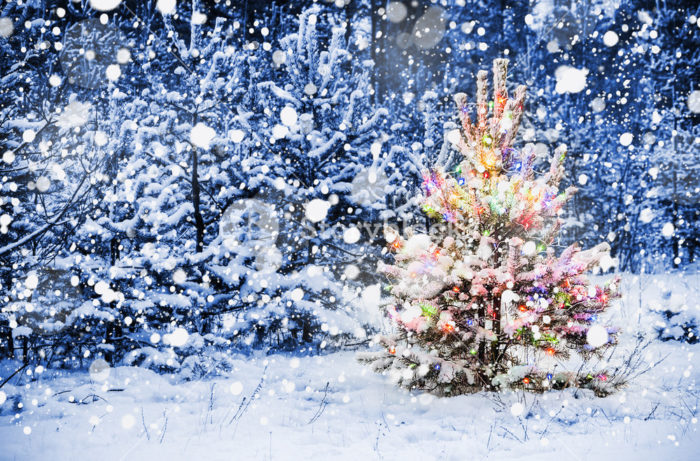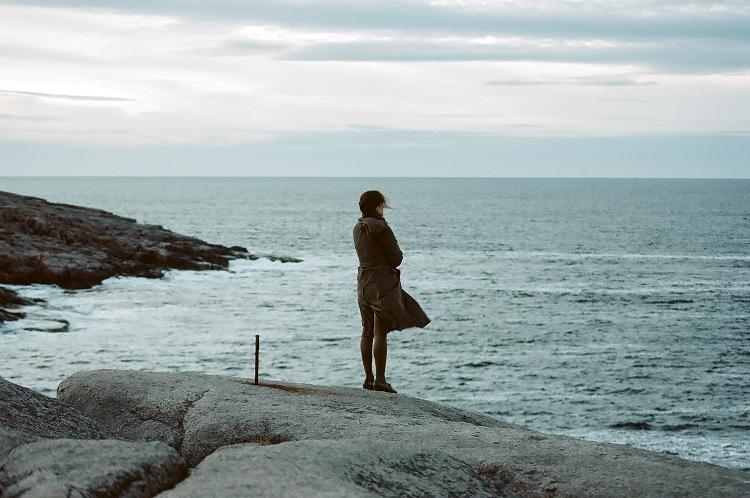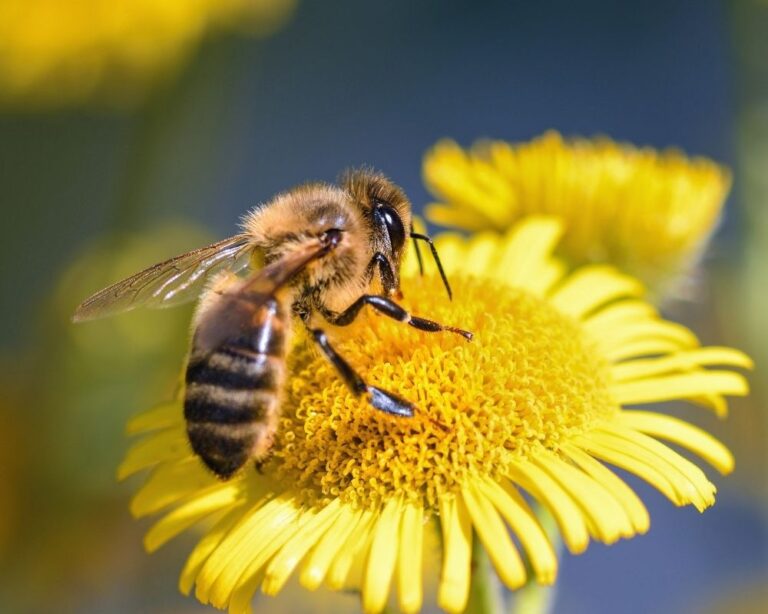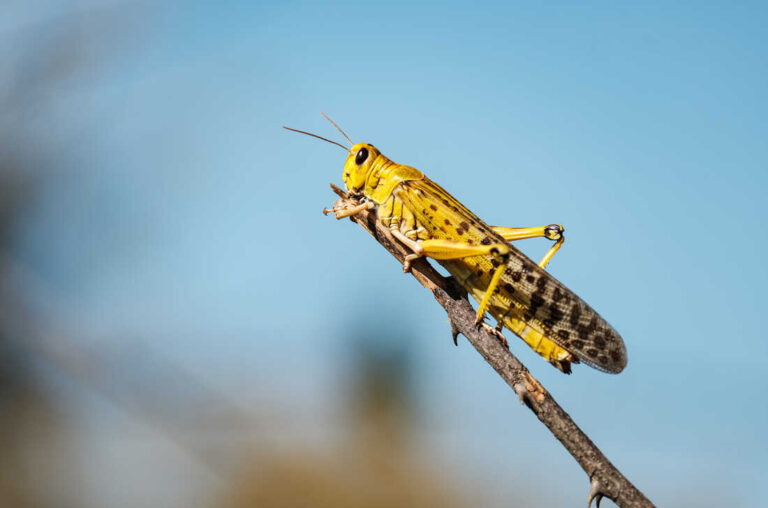Spruce Tree Symbolism – Resilience And Strength
The spruce tree is one of the most famous trees in western and Mediterranean culture and has been for thousands of years.
Perhaps the most famous use of the spruce tree is as a Christmas tree.
We don’t celebrate Christmas at Spiritual Unite, or suggest you go cut down a tree for it, but if you do then it is up to you.
I feel a article about why, coming on…Let us know in the coments if you want one.
A tradition that may have begun in pagan cultures in the ancient world but which picked up popularity in the 19th century. It is when Prince Albert presented Queen Victoria with decorated spruce for Christmas.
It is when Prince Albert presented Queen Victoria with decorated spruce for Christmas.
Since then, the spruce has held a central role in winter celebrations across the world.
But the symbolic importance of the spruce tree pre-dates their use as Christmas trees and is a lot more varied than you might think.
Evergreen
Firstly, the spruce tree is what is known as an evergreen.
As the name might suggest, evergreens keep their green foliage all year round, even as other trees lose theirs for the winter.
This has come to symbolise the immortality of the soul in dichotomy with the deciduous trees that signify the mortality of our physical bodies.
This is linked to the Christian tradition, which stresses the importance of the soul over the physical body as the part of us that persists.
Protection
The spruce tree has particular symbolism related to our physical protection.
Two distinct cultures – that is, the Native Americans and the Ancient Celts – have their own sets of spruce symbolism that nevertheless seem to reach the same conclusion.
The Native American Hopi tribe believe that the spruce tree was once a medicine man by the name of Salavi, imbuing the tree with protective power against illness.
To this day, some tribal medicine prescribes a bag of spruce needles as a protective ward against sickness and disease.
The Celts, who were mostly pagan, famously celebrated the Winter Solstice by bringing an entire spruce tree indoors.
This may have been the inspiration for Prince Albert’s present to Queen Victoria a couple of thousand years later, sparking a renewal of this ancient tradition.
They believed that by doing this, they were protecting themselves against the hardships of the coldest months.
By seeking sanctuary from the evils of the winter under cover of a tree that seemed to have conquered it.
Resilience & Strength
The Ancient Greeks took a different view of the spruce, associating it with Artemis, the Goddess of the Moon, Hunting, Nature and protector of women.
But is this so different? After all, it is the remarkable resilience and strength of the spruce tree that lends it the power to thrive during the coldest, most inhospitable months.
The Ancient Greeks venerated the philosophy of endurance in the face of hardship.
The ancient world was a hard place to be.
It might be difficult for us to understand today, but for the Ancient Greeks (and Celts) the winter was a dangerous time.
The strong made it through.
The weak often didn’t.
So it is no surprise that they worshipped the spruce tree and assigned it to one of their most important deities.
Culturally, they were in awe of the remarkable strength and resilience of the evergreen spruce.







